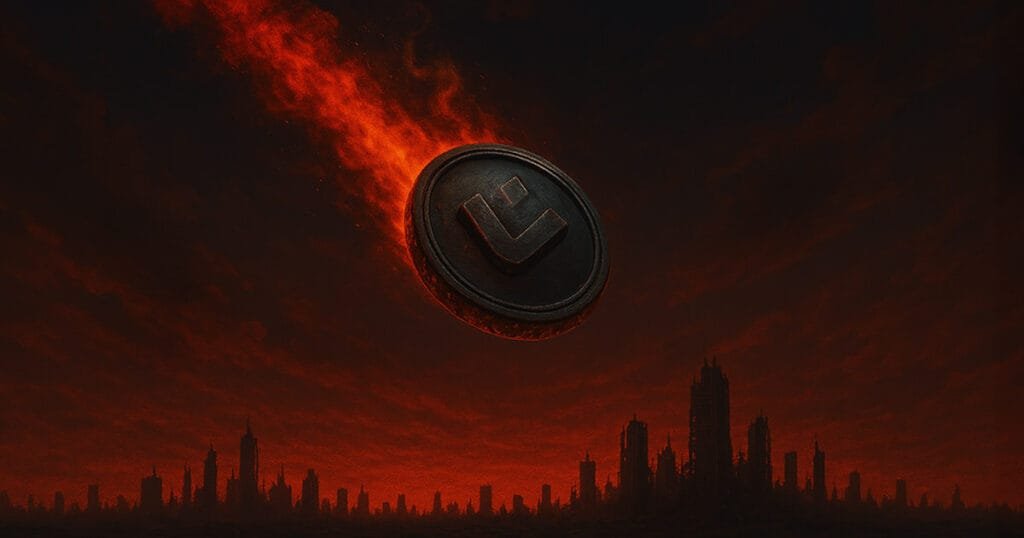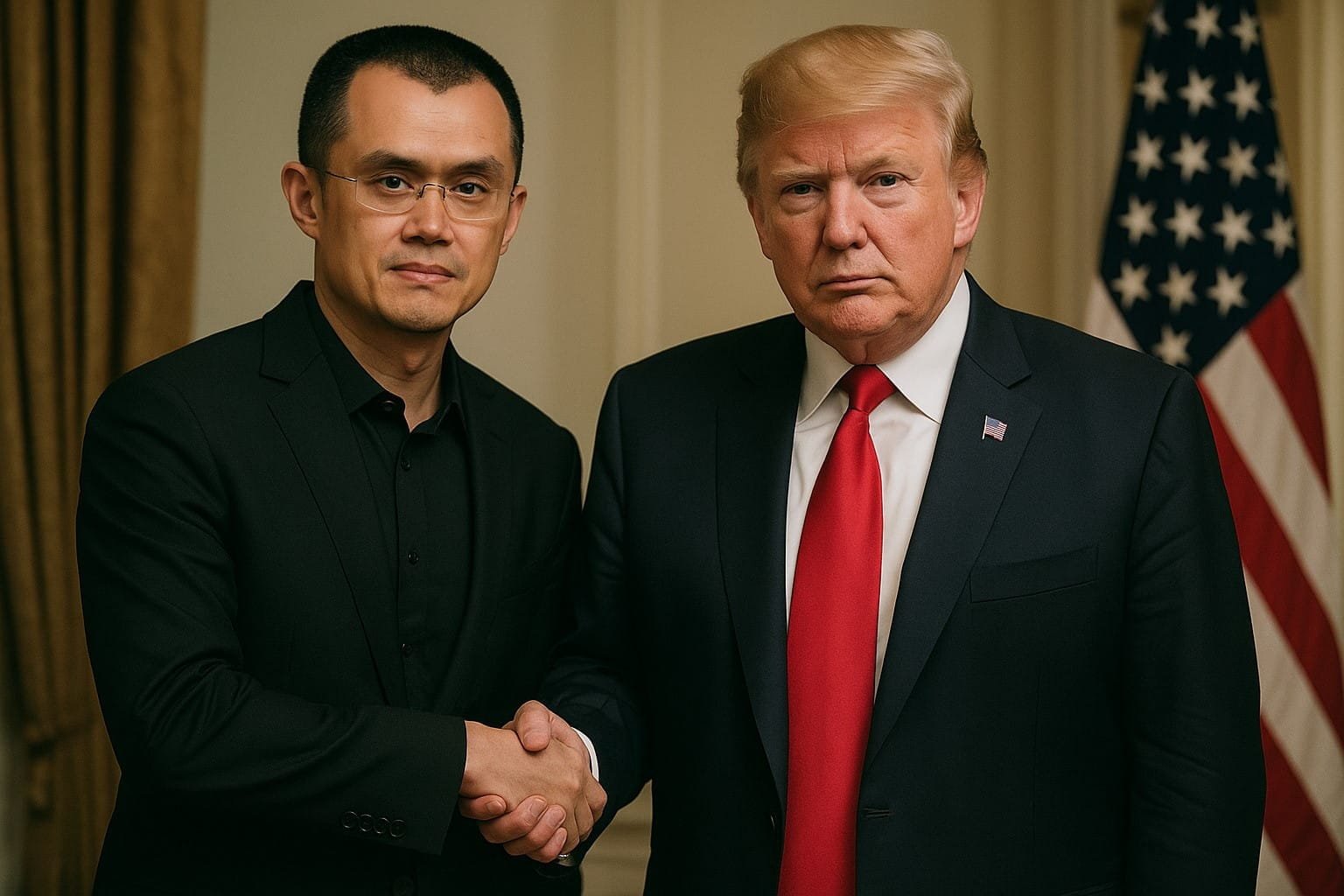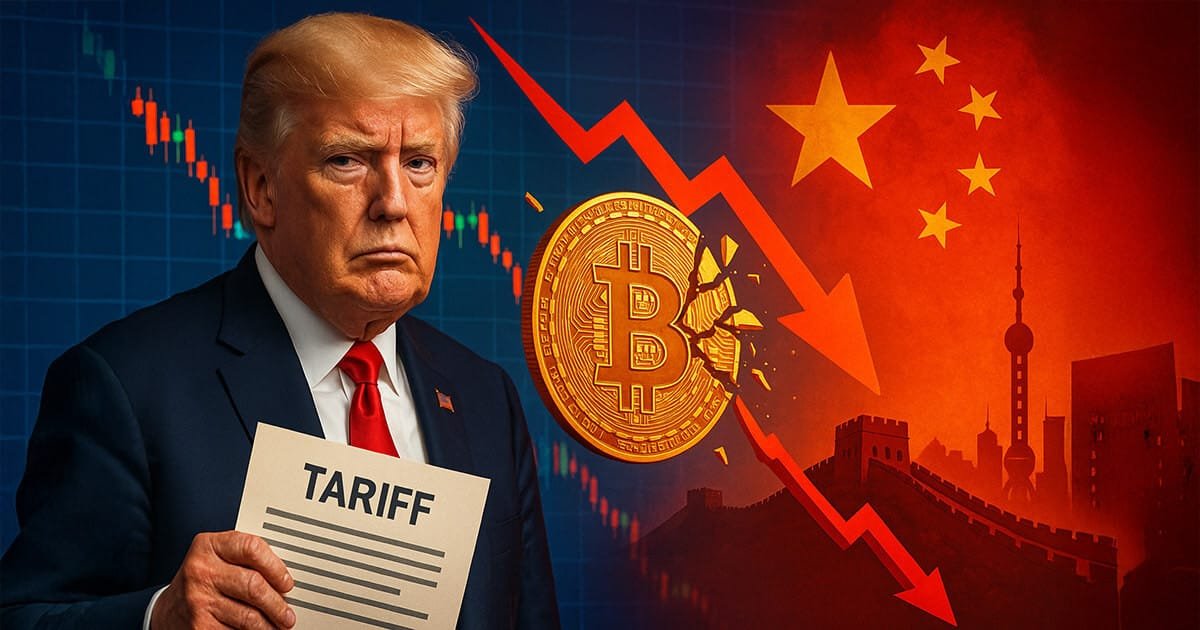The decentralized finance (DeFi) protocol Mantra has issued a new statement addressing the dramatic 92% drop in the value of its OM token on April 13 — but many important questions remain unanswered.
In a post dated April 16 and titled “Statement of Events: 13 April 2025,” the Mantra team reaffirmed that no tokens were sold by the project itself during the incident. The statement emphasized that the team is still operational and continuing to look into what caused the collapse.
While CEO John Mullin had previously mentioned that a detailed post-mortem was being prepared, the latest update contained few fresh insights into the abrupt transfer of OM tokens to exchanges and the resulting chain of liquidations.
“We aimed to provide a deeper look at what triggered the price crash and to release transparent data on the circulating supply,” Mullin explained. He confirmed that the internal investigation is still ongoing.
What Triggered the Collapse?
According to the statement, the crash was likely driven by large transfers of OM tokens to exchanges, where they were used as collateral. This activity resulted in a wave of forced liquidations, including automated ones.
“These seem to be the main drivers of the crash, but we’re continuing to dig into the specifics of how it all unfolded,” Mullin added.
The team is still planning to publish a full post-mortem report once more information becomes available.
Working With Blockchain Experts
To aid the investigation, Mantra has enlisted help from external blockchain analysts, although their identities remain undisclosed.
“We’ve brought in outside specialists to help trace the events, but due to the nature of the work, we’re keeping those details confidential,” Mullin noted.
There have also been talks about hiring a forensic auditing firm. Mullin confirmed discussions with potential partners, including consultancy group FTI Consulting, but said no formal decision has been made.
The CEO also stated that Mantra has around 90 full-time staff members and that there are currently no plans for layoffs.
“Our team is entirely focused on recovery and building the future of the platform,” he said.
Two Versions of OM in Circulation
Mantra clarified in its update that there are two separate versions of its token: one based on Ethereum (ERC-20) and another native to its own blockchain.
The April 13 incident mostly affected the ERC-20 variant, which comprises nearly the entire liquid OM market.
The original OM token launched in August 2020 as an ERC-20 asset, with a fixed total supply of 888.8 million. By April 15, nearly all of that was already circulating. In contrast, only 77.5 million OM tokens were circulating on Mantra’s mainnet after being minted in October 2024.
Exchange Price Discrepancy and Next Steps
Mantra’s update also noted a significant price discrepancy between OM trading on Binance and OKX, which appeared around 6:00 pm UTC — about an hour before the crash occurred.
The team is urging centralized exchanges to assist in the investigation.
“We welcome collaboration from our exchange partners to help shed light on trading patterns during this period,” the statement reads.
Looking forward, Mantra plans to roll out a recovery strategy for the OM token, which includes a combination of token buybacks and supply reductions. No exact timeline for this has been shared yet.
In the aftermath, OKX CEO Star Xu labeled the event a “big scandal,” and Mullin has acknowledged that Binance is currently the largest holder of OM, referencing Etherscan data.
For more news, find me on Twitter Giannis Andreou and subscribe to My channels Youtube and Rumble
What is your opinion on this particular topic? Leave us your comment below! We are always interested in your opinion!









